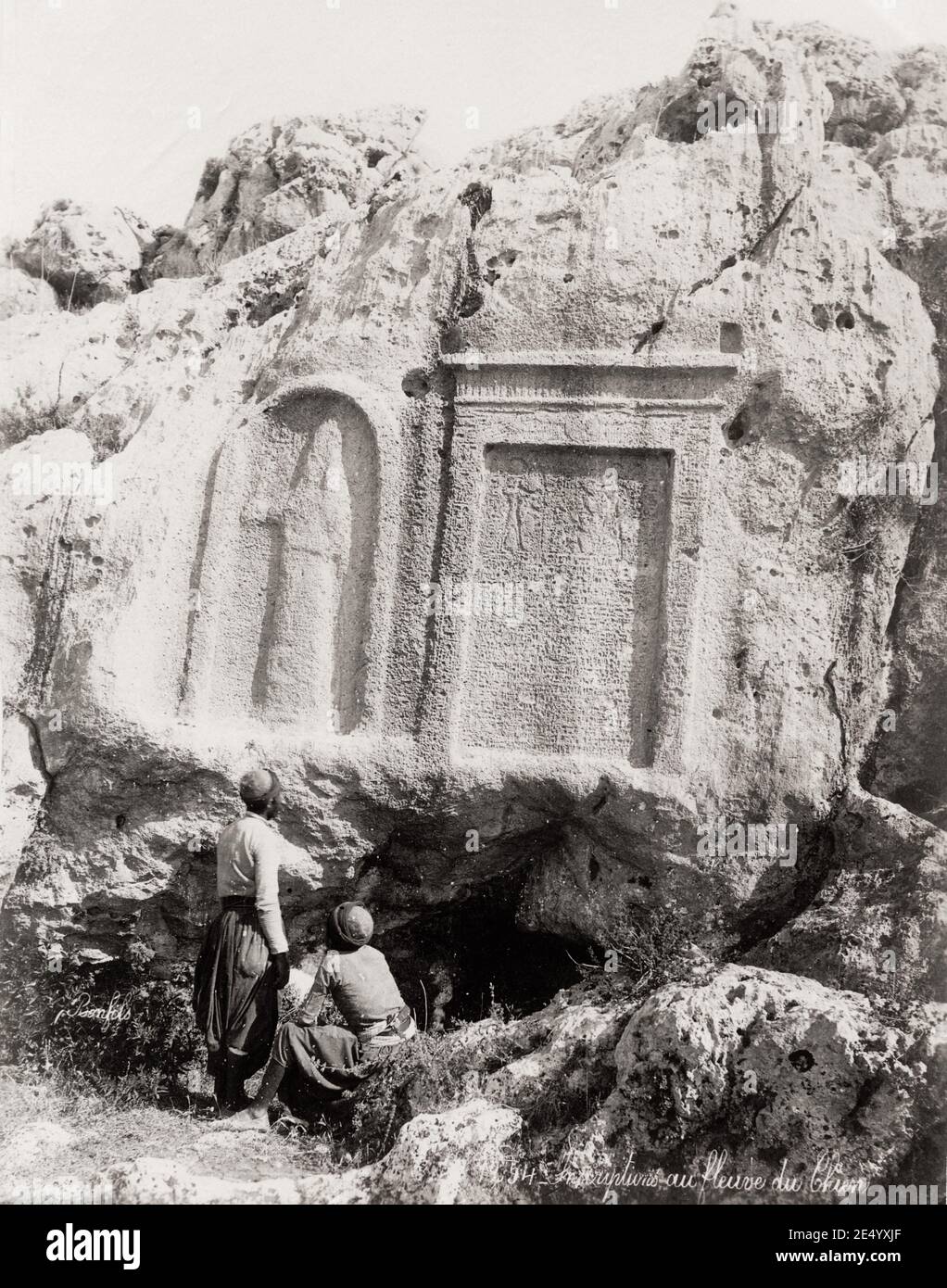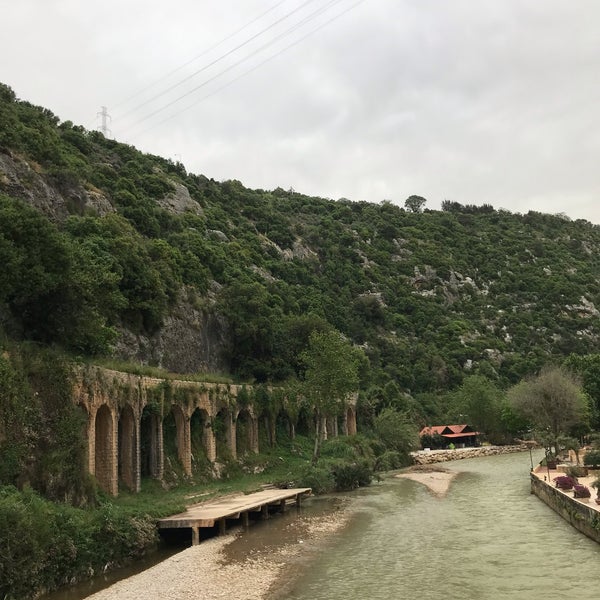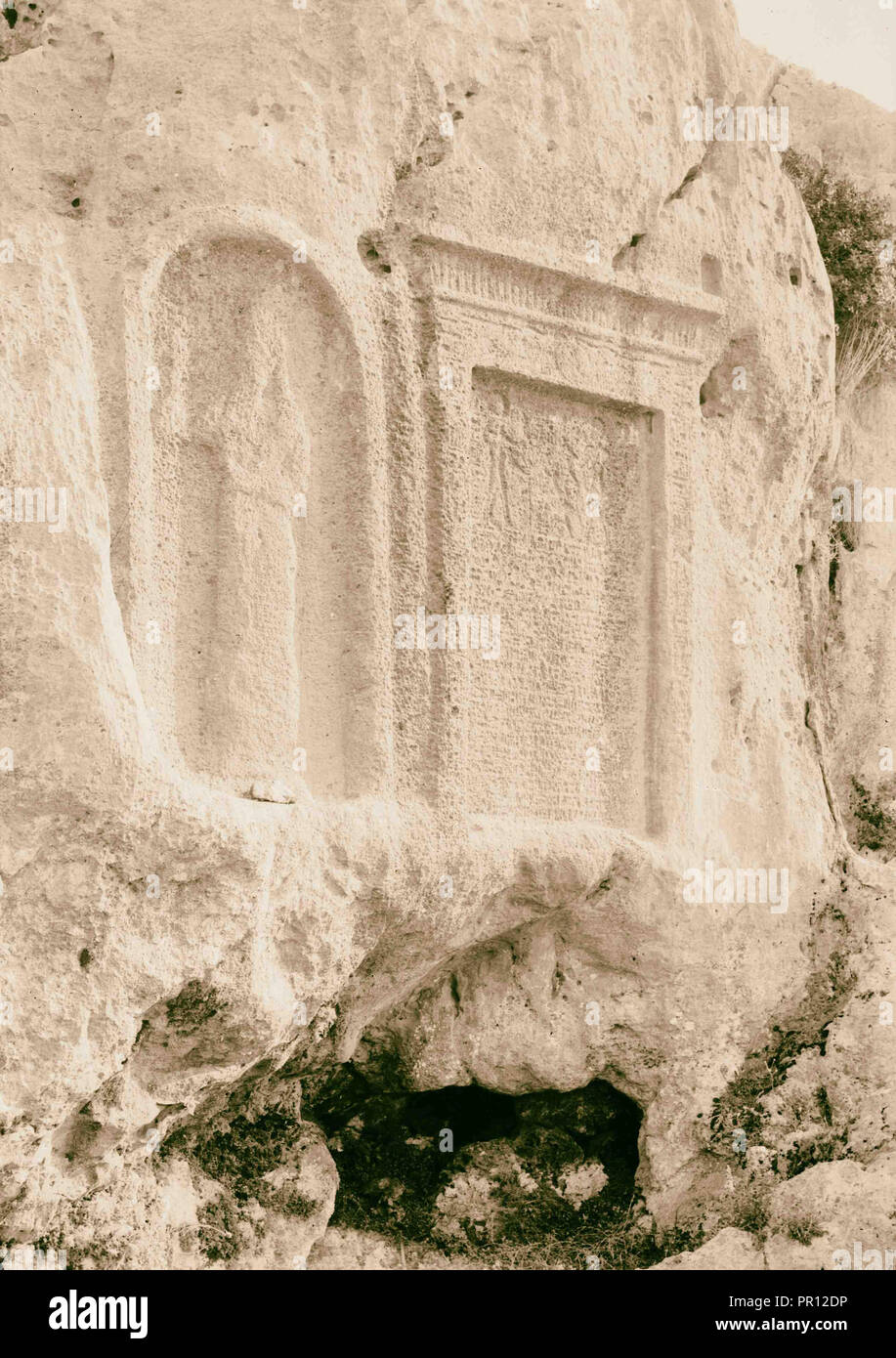Discovering Nahr El-Kalb: Lebanon's Historic Dog River

Welcome to the beautiful country of Lebanon! Today, we will explore the historic Nahr El-Kalb, the Dog River. Prepare to be amazed by this site's rich history and natural beauty.
Brief overview of Nahr El-Kalb
Located just outside of Beirut, Nahr El-Kalb is a river that has played a significant role in Lebanon's history for centuries. It stretches over 31 kilometres and is surrounded by stunning cliffs and lush greenery.
Importance of Nahr El-Kalb in Lebanon's history
Nahr El-Kalb holds immense historical value as it has witnessed countless events that have shaped Lebanon's past. Military campaigns, conquests, and even the construction of iconic monuments have all taken place along its banks.
Throughout history, various empires and armies left their mark at Nahr El-Kalb in the form of inscriptions carved into the cliffs. These inscriptions serve as a reminder of the many civilizations that ruled over Lebanon, including the Ancient Egyptians, Persians, Greeks, Romans, Crusaders, ottomans, and French. These monuments stand as a testament to Lebanon's rich cultural heritage.
Purpose and structure of the blog post
This blog post aims to introduce you to the wonders of Nahr El-Kalb and inspire you to visit this unique historical site. We will explore the importance of Nahr El-Kalb in Lebanon's history, highlight the significant monuments here, and provide practical tips for your visit.
In the upcoming sections, we will delve deeper into the inscriptions left by various civilizations and share fascinating stories surrounding Nahr El-Kalb. We will also provide information on how to reach the site, the best time to visit, and what to expect during your trip.
So, grab your camera, put on your walking shoes, and get ready to embark on a journey through time at Nahr El-Kalb!

Historical Significance of Nahr El-Kalb
Early settlements and civilizations along Nahr El-Kalb
If you are a history enthusiast or simply curious about the past, Nahr El-Kalb in Lebanon is a place you should explore. This historic river has witnessed the rise and fall of civilizations throughout the centuries. From early settlements to significant battles, Nahr El-Kalb holds tales of the past within its rugged terrain.
Several ancient civilizations, including the Phoenicians, Romans, and Ottomans, inhabited the river and surrounding areas. These civilizations recognized the strategic importance of Nahr El-Kalb due to its proximity to the Mediterranean Sea and its vital role as a trade route between the coastal cities and the interior regions of Lebanon.
Role of Nahr El-Kalb in ancient battles and conquests
Nahr El-Kalb has been a witness to numerous historic battles and conquests. It served as a natural barrier that protected cities from enemy invasions. One such example is the Battle of Heliopolis, fought between the Egyptians and the Hittites in the 13th century BCE. The inscriptions of Egyptian Pharaoh Ramses II, detailing his victory over the Hittites, can still be found carved into the rocks near the river.
Furthermore, in the 19th century, the French army under Napoleon Bonaparte faced resistance from local Lebanese forces near Nahr El-Kalb during their campaign in the Middle East. The inscriptions left by French officers on the cliffs commemorate the battles fought and the lives lost during this significant historical event.
Modern relevance and preservation efforts
Nahr El-Kalb continues to hold immense historical and cultural significance in Lebanon. It serves as a testament to the rich heritage of the region. Efforts have been made to preserve the historical inscriptions and landmarks along the river. In 1946, the French authorities constructed a monument at the mouth of Nahr El-Kalb, paying tribute to the soldiers of the French army who lost their lives during World War I.
In recent years, there have been initiatives to promote tourism and raise awareness about the historical importance of Nahr El-Kalb. The renovation of walking trails and the establishment of visitor centres have made it easier for locals and tourists to explore the area and learn about its fascinating past.
Visiting Nahr El-Kalb allows you to immerse yourself in Lebanon's rich history and witness the enduring legacy of its ancient civilizations. It is a chance to walk in the footsteps of great conquerors and discover the stories hidden within the rocks and riverbanks.
So, if you find yourself in Lebanon, include Nahr El-Kalb on your itinerary. Explore the inscriptions, marvel at the breathtaking landscape, and let the river whisper its tales of the past as you witness firsthand the historical significance of this remarkable place.

Exploring Nahr El-Kalb
If you're looking for a unique and fascinating destination in Lebanon, Nahr El-Kalb, also known as the Dog River, should be on your list. This historic river offers a blend of stunning natural landscapes and a rich historical significance that will leave you in awe. Let's dive into what makes Nahr El-Kalb a must-visit destination.
Stunning natural landscapes along the river
As you venture along the banks of Nahr El-Kalb, you'll be greeted by breathtaking natural beauty. The river is surrounded by lush greenery, providing a serene and picturesque setting. The flowing waters create a soothing soundtrack, perfect for a leisurely walk or a peaceful picnic. Enjoy the tranquillity as you explore the area and breathe the fresh air.
Historical monuments and structures
One of the main draws of Nahr El-Kalb is its rich historical significance. Over centuries, conquerors and civilizations have left their marks along the river. As you explore the area, you'll come across various historical monuments and structures that showcase Lebanon's diverse past.
1. The Bridge of Fathallah El-Kaissi
One of the highlights of Nahr El-Kalb is the Bridge of Fathallah El-Kaissi. This iconic bridge, built during the Ottoman era in the 19th century, spans across the river and offers a stunning view of the surrounding landscapes. Take a moment to capture the beauty of the bridge and immerse yourself in its historical significance.
2. Inscriptions and memorials from different time periods
Another fascinating aspect of Nahr El-Kalb is the numerous inscriptions and memorials that dot its landscape. From ancient Egyptian hieroglyphics to inscriptions left by conquerors like Napoleon Bonaparte, these inscriptions serve as a testament to the area's historical importance. Walk along the river and marvel at these ancient treasures, each telling its unique story.
Nahr El-Kalb is a true treasure trove for history enthusiasts and nature lovers. As you explore this remarkable destination, take a moment to appreciate the intricate blend of natural beauty and historical significance that it offers. Whether captivated by the stunning landscapes or fascinated by the ancient inscriptions, Nahr El-Kalb is sure to leave a lasting impression on you.
So, if you're planning a trip to Lebanon, don't miss the opportunity to discover the wonders of Nahr El-Kalb. Embrace the beauty, immerse yourself in history, and create memories that will last a lifetime. Don't forget your camera and a sense of adventure as you embark on this remarkable journey along the historic Dog River.

Nahr El-Kalb as a Cultural Symbol
Representation in literature, music, and art
When exploring Lebanon's rich cultural heritage, Nahr El-Kalb, also known as the Dog River, is an iconic location that has inspired many forms of artistic expression. From literature to music and art, this historic river holds a special place in the hearts of the Lebanese people.
In literature, Nahr El-Kalb has been mentioned by renowned poets and authors who have found inspiration in its beauty and historical significance. It has been described as a symbol of resilience and endurance, representing Lebanon's turbulent history and the strength of its people.
Musicians have also paid tribute to Nahr El-Kalb through their melodies. The river's flowing waters and serene surroundings have inspired songs that evoke a sense of nostalgia and belonging. The sound of the water gently cascading through the rocks has become a metaphor for the continuous flow of Lebanese culture and identity.
Artists have also been captivated by the majestic beauty of Nahr El-Kalb. Its picturesque location, nestled between mountains and the Mediterranean Sea, provides a visually stunning backdrop for paintings, sculptures, and photography. Many artists have depicted the river in their works, showcasing its historical importance and the harmonious coexistence of nature and human history.
Nahr El-Kalb in national identity and symbolism
Nahr El-Kalb holds a prominent place in Lebanon's national identity and symbolism. The river has witnessed numerous historical events, with its banks adorned with inscriptions of conquered nations throughout the centuries. These inscriptions are a powerful reminder of Lebanon's rich and diverse history, marked by the presence of different civilizations.
The monuments and statues located along the riverbank reflect the country's commitment to remembering its past. They pay tribute to those who fought for Lebanon's independence and honour the memory of those who sacrificed their lives. These historical markers add a deep sense of patriotism and pride to Nahr El-Kalb's cultural significance.
Significance to local communities and tourism
Nahr El-Kalb is a symbol of national pride and a cherished place for local communities. It serves as a recreational area for families and nature enthusiasts, offering hiking trails that provide breathtaking views of the surrounding landscape.
The river's historical value and unique natural beauty make it a significant tourist attraction. Visitors from all over the world come to explore the inscriptions, marvel at the statues, and immerse themselves in the region's rich history. The serene atmosphere and the sound of the flowing water create a tranquil environment perfect for relaxation and reflection.
Furthermore, the area surrounding Nahr El-Kalb has developed hotels, restaurants, and other tourist facilities, providing visitors with a comfortable and enjoyable experience. This has contributed to the growth of tourism in the region, benefiting local communities by creating job opportunities and supporting the economy.
Nahr El-Kalb holds a special place in Lebanon's cultural heritage. It has been immortalized in literature, music, and art, symbolizing the resilience and endurance of the Lebanese people. As a national symbol, it serves as a reminder of the country's rich history and the sacrifices made for independence. Moreover, Nahr El-Kalb attracts tourists worldwide, providing them with a unique and memorable experience. Its serene beauty and historical significance make it a must-visit destination for anyone seeking to explore Lebanon's past and embrace its vibrant culture.
